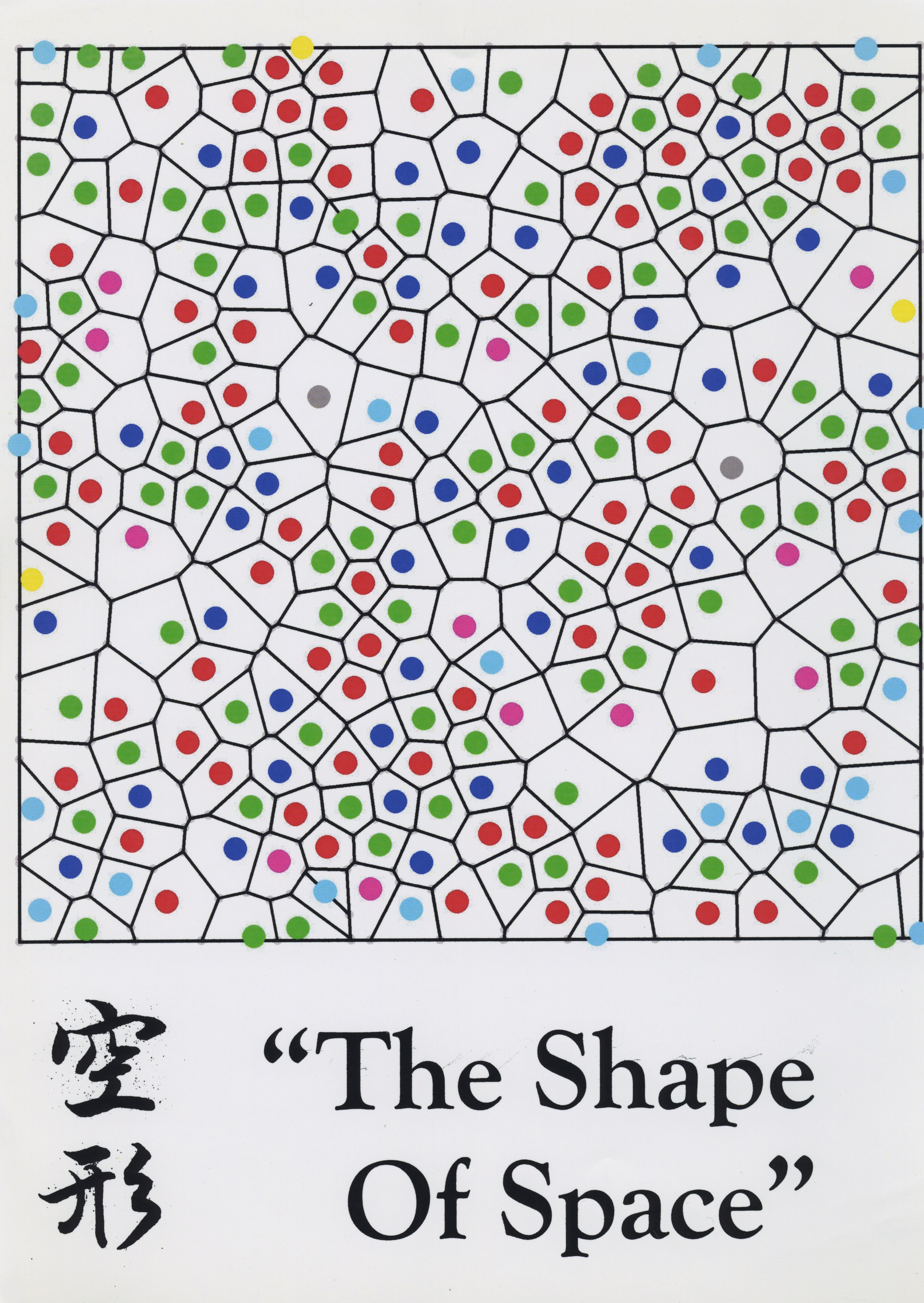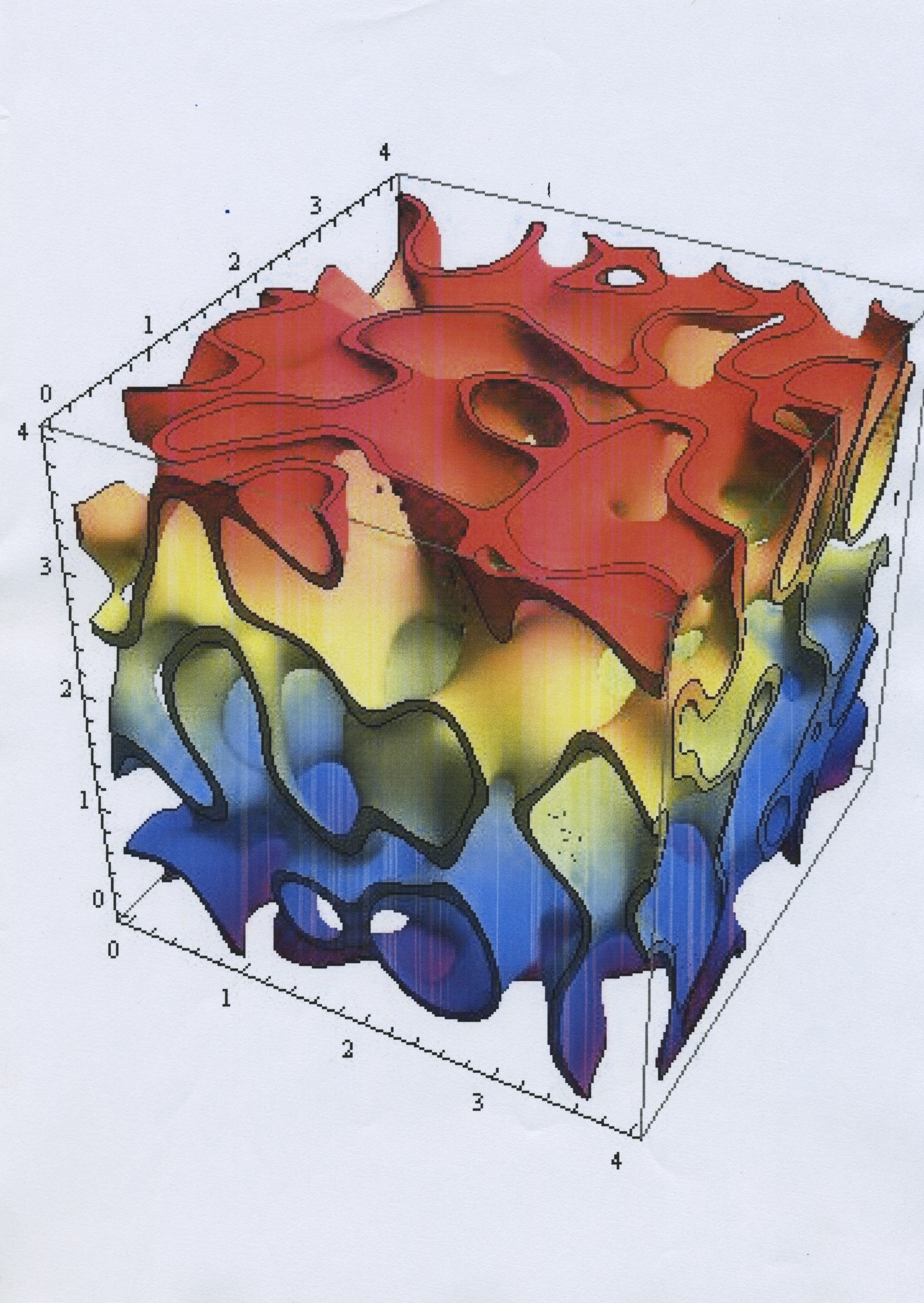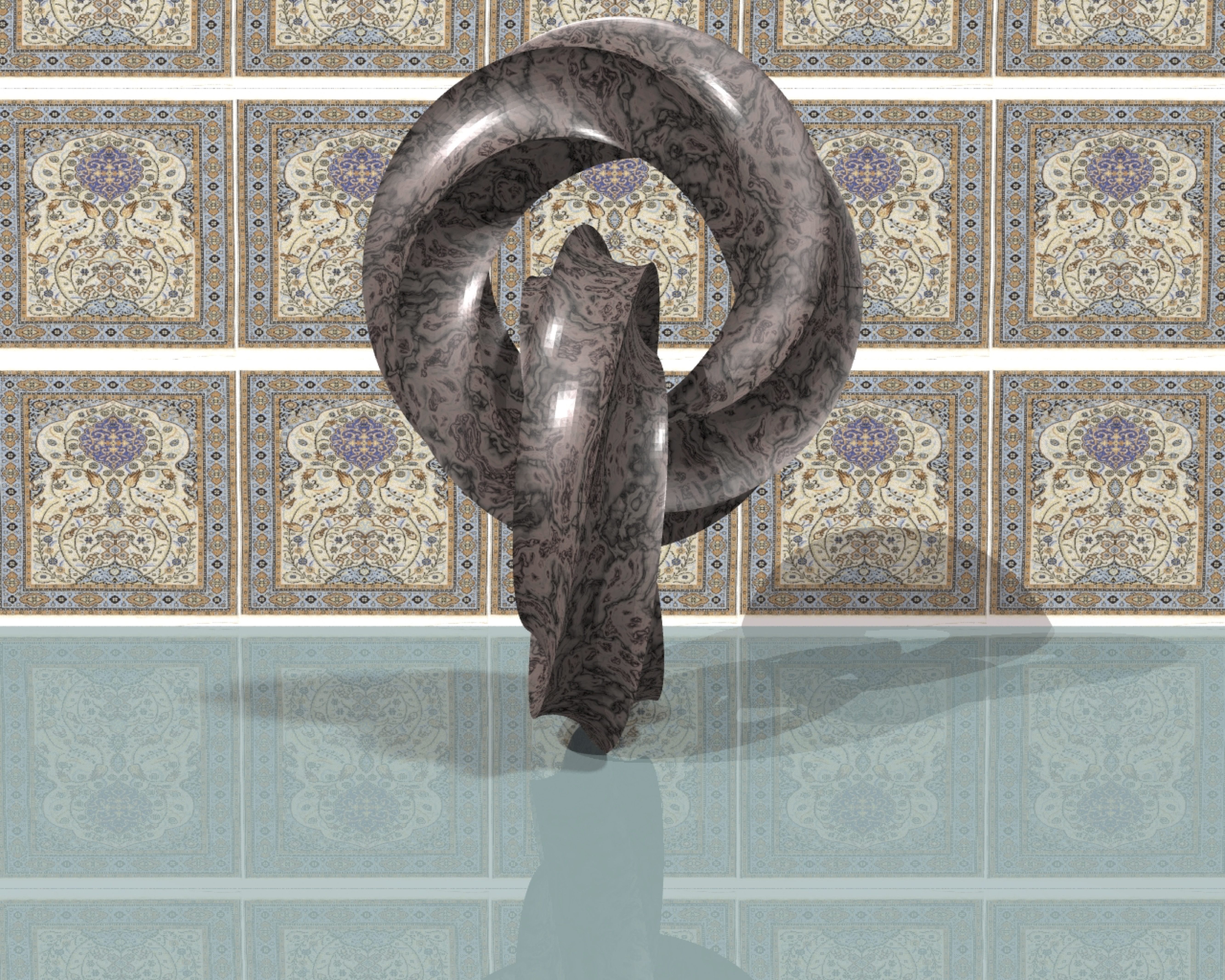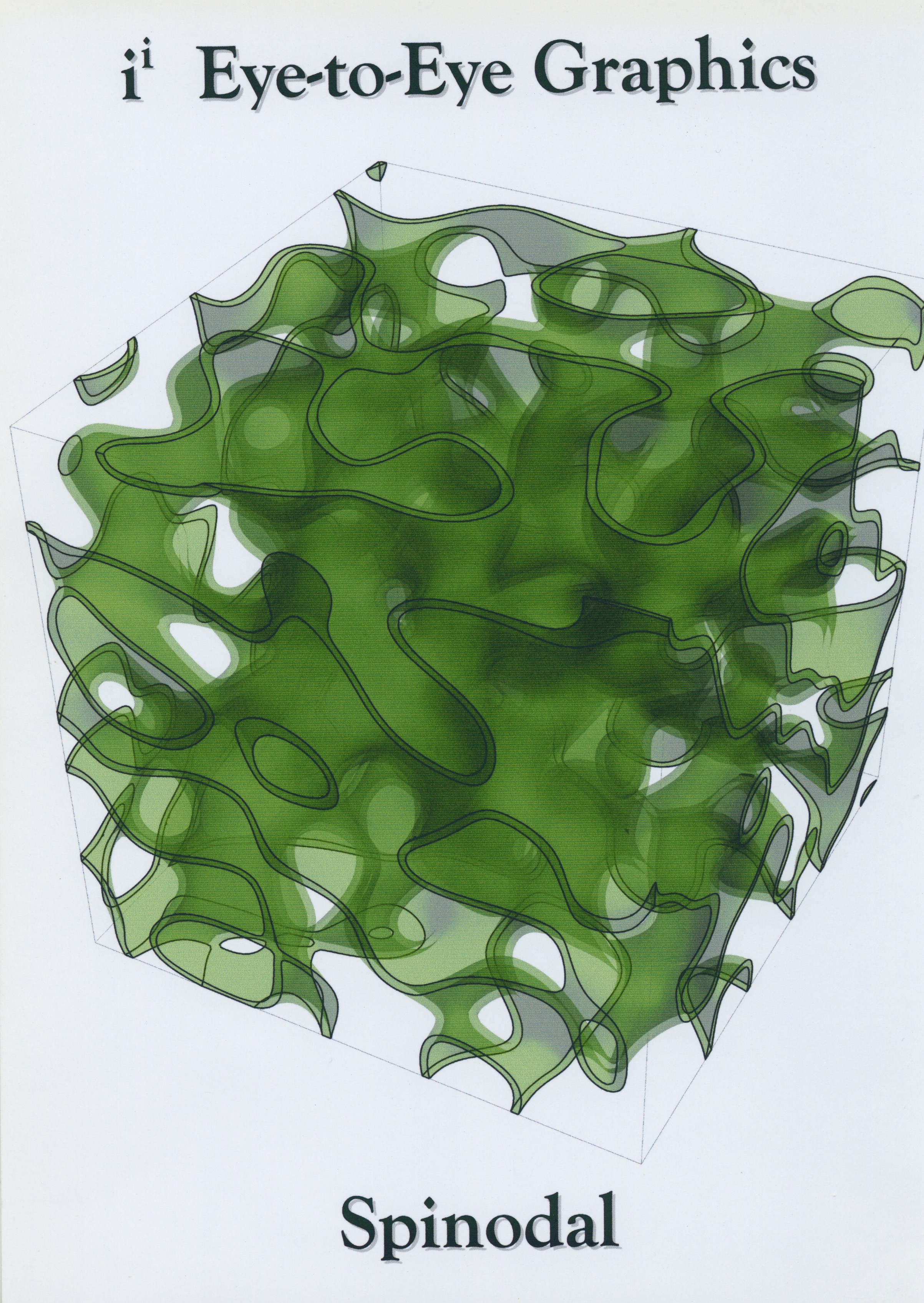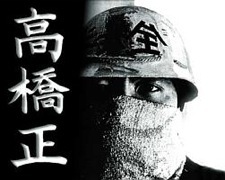
Sho Takahashi
“no less powerful than the finger of God touching the finger of Adam in Michelangelo”had scarcely opened Euclid. Now in the mature work of Sho Takahashi, we begin to see the power of mathematics to revolutionise art and to introduce the third, fourth and still higher dimensions. The mere idea of surface is extended and generalised. Born in the year of the atomic bomb, Takahashi became a disaffected social science student in Tokyo University. In the heady days of the revolt of 1969, he threw petrol bombs while shouting the slogan “pulverise, pulverise”. Sought by the police, he was sheltered by a cosmologist who taught him about the new geometry of strings, black holes and curved multi-dimensional spaces. This underground double life still marks his thought. Thus, Takahashi’s own work is redolent of the new cosmology of string theory and most powerfully embodies the paradigm of escape via a wormhole from one universe to a parallel universe. For almost the first time we begin to see the impact on representational, or at least on non-objective art, of adult science and not just of the first pages of school geometry so lauded in the past. Takahashi now lives, appropriately, in the science city of Tsukuba in Japan, where he patrols the frontiers of science, but he stays in touch with the revolutionary student movement. Thus still inhabiting parallel worlds, he may occasionally be seen on King’s Parade in Cambridge but simultaneously he remains an amphibian descendant of the Floating World of Japan, since the eddies, vortices and waves of his Japanese background still exert a powerful unconscious influence on his pictures although now generated by mathematics rather than driven by folk-lore and fashion.
